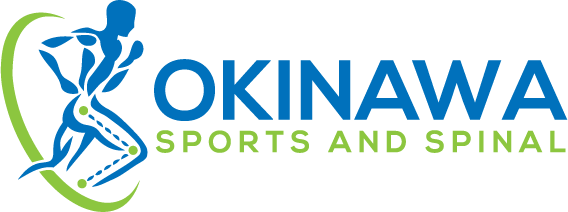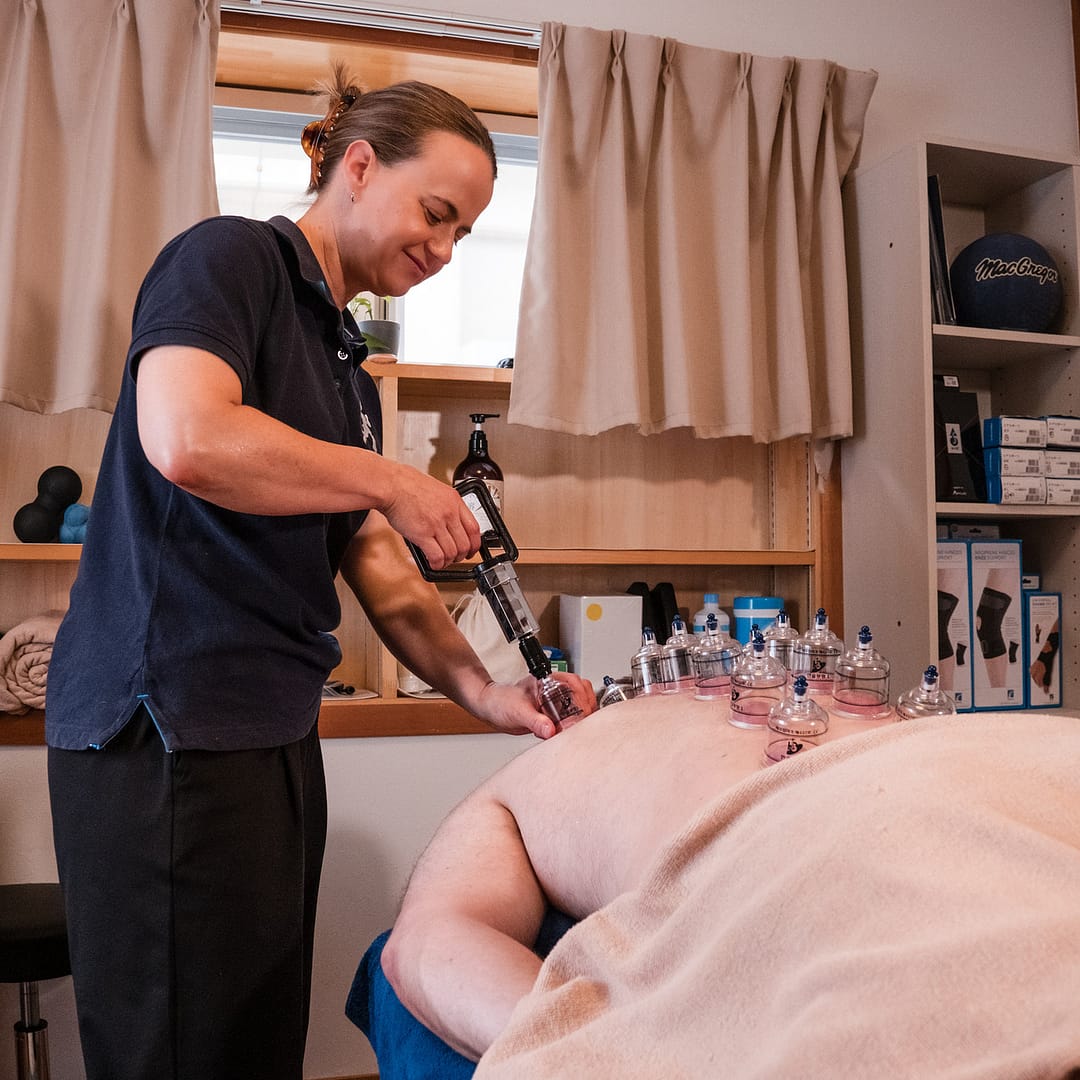CLASSIC LIST
Due to your support of Okinawa Sports and Spinal we have been able to extend our Chiropractic services.
Chiropractic services at Okinawa Sports and Spinal is now available 6 days a week ( closed for Chiropractic Tuesdays ) across the full month.
For bookings with experienced english speaking Western trained Chiropractors in subane Okinawa Click here
Your guide to insurance reimbursement at
Okinawa Sports and Spinal
Your guide to insurance reimbursement at Okinawa Sports and Spinal
“Can I claim for my physical therapy, chiropractic and massage expenses at your clinic?”
The short answer is usually yes if you have international insurance such as foreign service benefit plans (FSBP) like those from Aetna, Cigna Health, Blue Cross or other medical insurance company plans covering DoDEA staff, GS and NAF employees, and defence contractors.
Many of our clients have found the process very easy over the last few years by simply submitting our receipts for reimbursement from their insurance provider through online portals. We are happy to provide item and treatment codes on receipts if needed when you let us know what insurance company you are with.
We are unable to accept Tricare and Japanese national health insurance (NHI) claims. You are most welcome to pay out of pocket to use our expert services.
We can provide receipts for claims on most travel insurances for tourists and visitors.
If you would like to know more about claiming for chiropractic, physical therapy, and massage services we recommend you first contact your insurance provider for more information.
Ariel Thorpe has been by far our most popular Chiropractor at Okinawa Sports and Spinal and she returns this Saturday the 30th of March until the 4th of April.
If you would to book a Chiropractic appointment with Ariel, an American trained Chiropractor, at Okinawa Sports and Spinal you can do so on the link below.
https://niseko-chiropractic.cliniko.com/bookings?business_id=94455
The Okisports and Spinal team will be having a meeting on Friday the 22nd of March on Kourie island to plan how to improve our service so the clinic will be closed on this day.
We will be re-open from Saturday the 23rd of March.
For appointments with an English speaking Physical therapist, Chiropractor or Sports Massage therapist please use our online booking service.
www.okisportsandspinal.com/appointments
Okinawa Sports and Spinal will re-open on the 4th of January 2024.
We are taking a break visiting family back in Australia and Brent is also working up in the Niseko Ski season over this period.
Kerry, Naomi and Brent would also like to take this opportunity to wish you a Merry Xmas, happy new year and thank you very much for your support over the last 6 months as we set up the first multidisciplinary off-base in clinic in Okinawa.
If you would like to schedule an appointment in the new year please go to
www.okisportsandspinal.com/appointnments
Asia Physio now provides custom bike fitting at Okinawa Sports and Spinal.
- Comprehensive history of your background, cycling past, and goals
- Musculoskeletal measurements such as flexibility, core strength and the alignment of your bones and feet may be assessed
- Measuring your bike and your joint angles when pedalling, observe your technique
- We can provide aerodynamic advice with regard to body position, hydration systems and bike setups to make you faster (separate analysis)
- Lastly, after compiling all of the relevant information and correlating this with your personal goals, we can adjust your bike to create your comfortable, fast and pain-free riding position
Click the link below to book your bike fit and get riding this winter
Sports Massage Discount Offer
Okinawa Sports and Spinal is offering 20% off Sports Massages with Naomi Matheson until the 27th of October.
Sports massage differs from relaxation massage in that it is deep pressure target at specific muscles to better aid recovery and increase your performance.
As well as offering Sports Massage in Okinawa Naomi also has experience in pregnancy massages and can also do relaxation massage upon request as well.
Self Care Reminder with Naomi Matheson
I just wanted to drop in and remind you how important it is to show yourself some compassion and self–care.
While we recommend forms of self–care at Okinawa Sports and Spinal in the forms of Massage; Chiropractic and Physical Therapy there are other simple things that you can do to simple stop and slow down. Like take a walk outdoors; go for a swim, read a book, listen to your favourite music or whatever grounds you.
In a world where productivity and outcomes tend to be our evaluation of our own self-worth, I want to remind you that “you are enough”. Don’t allow the speed and noise of the outside world trap you into believing anything less.

Sports Massage
My guide to booking your appointment.
Massage is my eyes is a holistic approach to physical care. When you visit me for massage I will ask general questions about your current physical status – how you’re feeling? Is there anything limiting your day-to-day life/ physical training? Not that there needs to be anything wrong – but I care, and I want to help you get the most out of your massage session.
Please never think that you should wait until you are feeling pain to make an appointment to have a massage. Prevention is better than cure. Maintenance is the best form of self–care and ensure your body is functioning at its best.
Quick guide:
30min appointment – 1 specific problem – very focused – not my preference as a therapist. As I like to work on both sides of the body.
45min appointment – 1-2 specific problems that you want to work on. I personally struggle with providing a 45 min massage as I want to provide a balanced treatment.
60min appointment – my favourite – maintenance 1 -3 areas of concern. We have time to work through both sides of the body and provide a balance assessment and treatment.
90min session – I’ve been neglecting my body for far too long and need a complete overhaul.

















